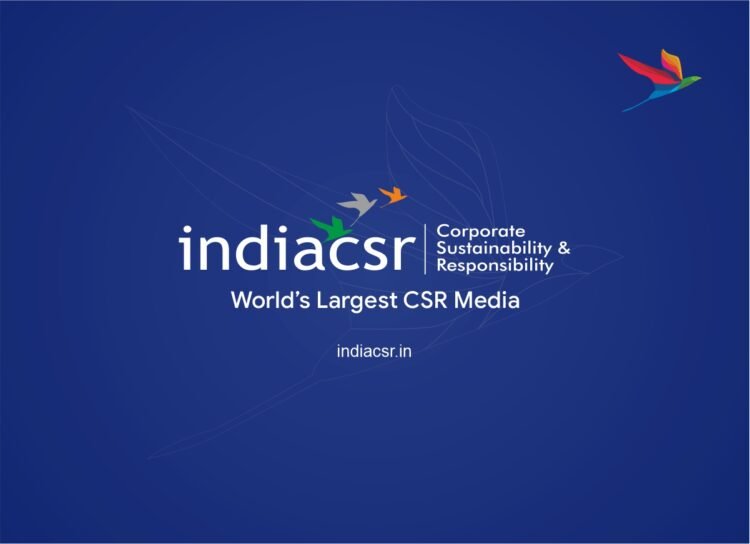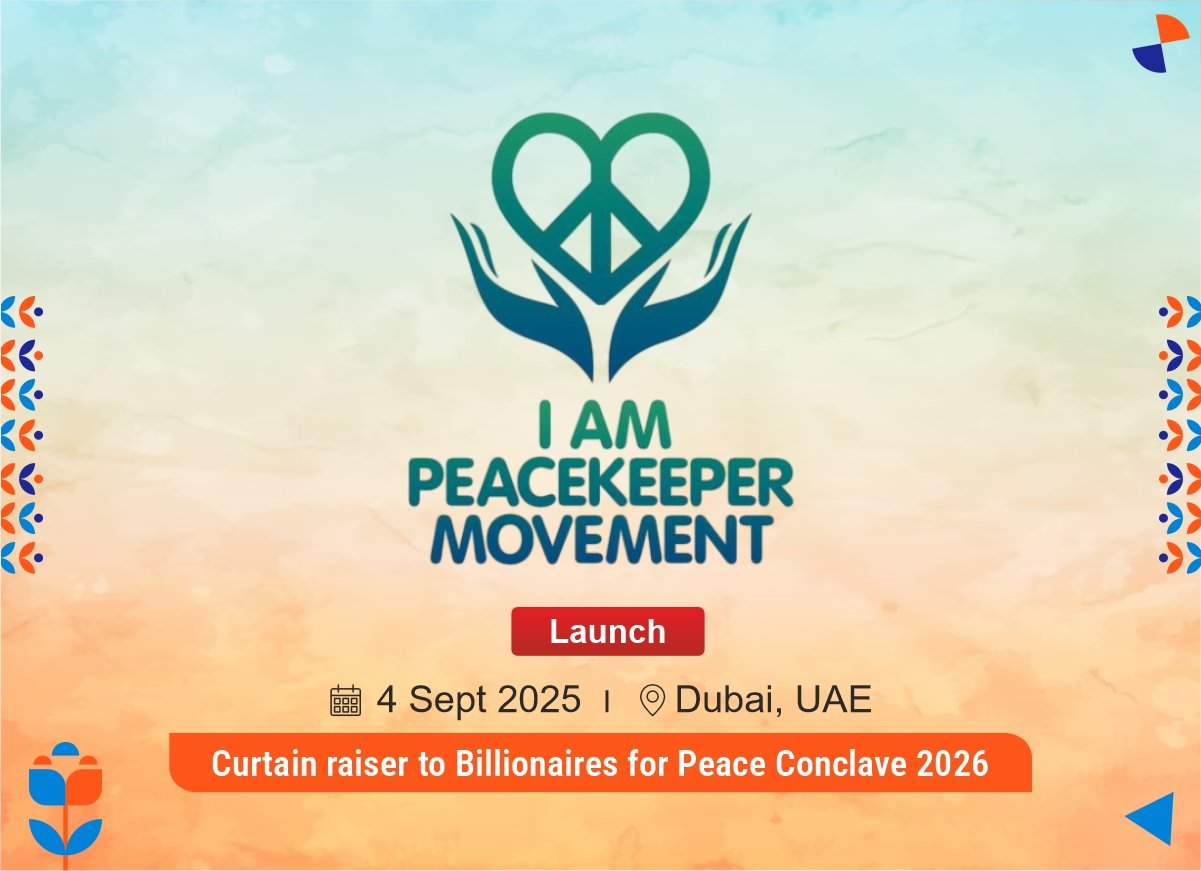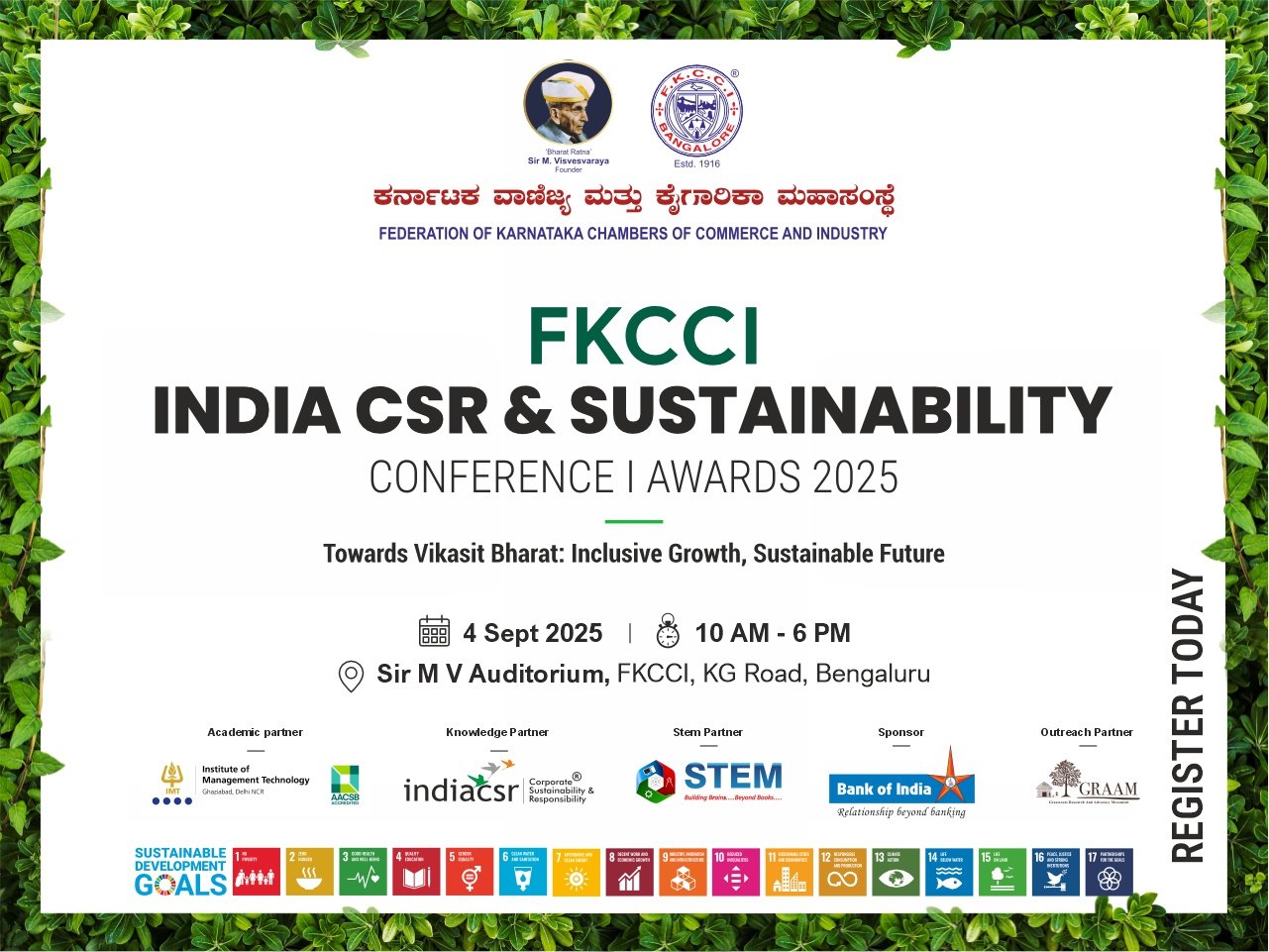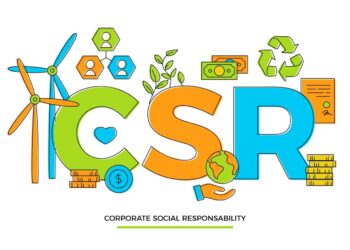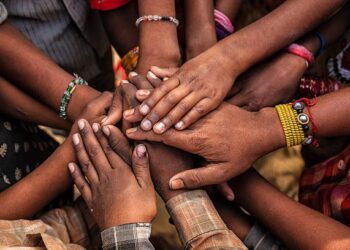“If the misery of the poor be caused not by the laws of nature, but by our institutions, great is our sin.” –Charles Darwin
By Akanksha Sharma
Sumer Singh, a grey-haired rickshaw puller in Delhi loves the streets of the city. He laughs revealing his yellow, broken teeth saying, “I drop people at their respective addresses but do not need any, as if the entire city belongs to me.”
Sumer’s Journey in Delhi
He doesn’t remember his date of birth, but thinks he could be 60 years old or a little more, perhaps. He came to Delhi with his father on a crowded train, most of the journey spent standing near the door (he still remembers), from Deogarh, a town in Bihar when he was 17. His father was also a rickshaw puller. Because they had no major source of income at home, his father escorted him to Delhi and took him to the rickshaw’s owner, a Marwari, for a helping hand to his family.
Life on the Streets of Delhi
Sumer has since spent his life traversing through the lanes, byways and streets of Delhi, where elephant-sized buses, autos with foul-mouthed drivers and expensive cars with closed windows zip by him. While speaking, suddenly Sumer falls silent and his tranquil eyes and wrinkled cheeks start talking, as if they have more stories to tell than he carefully does, in front of an outsider.
Daily Struggles and Routine
Over so many years, the strange big city has grown familiar to him and he is a happy man on the days when he earns Rs 150-200 ($3.20). But there are days, frequent and unpredictable, when his income is as low as Rs 80. Whatever his wages are, he pays Rs 20 daily to the owner who found him and his likes for a makeshift place to sleep at night. Sumer and his brotherhood of rickshawallas – Bahadur Shah, Dibu Shah, Bundi Shah, all from the same village – huddle together and sleep on a floor covered in torn rugs. During the blazing summers, when warm winds stir the night air, he sleeps on the streets in the open air. Sumer says, “I feel at home on the streets of Delhi.”
Daily Rituals and Family Ties
Each morning at dawn, Sumer washes his clothes and takes a bath under the common tap outside, some hundred metres away from his room. After he is done washing and bathing, it’s time for the others – Bahadur and Dibu – to get geared up for another sultry day. He pays his owner his due, then sets off in the hope of earning a little more than yesterday. On the road, while he waits for passengers, Sumer eats his 15-rupee meal, consisting of rice, roti, dal and sabzi. Sometimes he cooks in the evening – roti and sabzi.
Family and Future Aspirations
His sole assets in Delhi are a few utensils, a small stove, a bucket, a mug and a few clothes in a plastic bag. His family – his wife, three sons and two daughters – lives in his village, which he visits twice a year. With moist eyes, Sumer says his sons no longer want to pull rickshaws because they feel it is not a respectable job. Two of them passed their 12th grade exams and are looking for jobs, while the youngest son studies in class 7. One daughter has been married off and the other one dropped out from school after class 8.
Urban Poverty in India
Cities in urban India are flooded with “poor” like Sumer. Over the years, due to high migration, the poverty in the country is transiting from rural to urban largely.
Trends in Urbanization
Urbanization in India began to accelerate after independence, due to the country’s adoption of a mixed economy, which gave rise to the development of the private sector. Urbanisation is taking place at a faster rate in India.
Challenges and Opportunities
While there are discussions on the Sustainable Development Goals and their respective indicators around the globe and more in the developing countries like India. It is critical to diffuse the tension between the local and the global developmental agendas. Even more critical than this is to find the developmental priorities of the urban poor as they often get caught in the cross-fire of such debates.
The Need for Change
International-development investments are largely focused on rural development, based on theories rooted primarily in rural experiences. Cities are seen by many as locations of economic growth, not locations for aspiration, opportunity, equity and inclusion. We need measurements that can inform indices for desired ends such as equity and inclusion.
Challenges Persist
Basic amenities such as water, electricity, sewerage and sanitation remain a major problem for most urban poor. But the most unfortunate is the hopelessness that they carry. The acceptance of poverty is the most critical of all indicators discussed globally.
Poverty in India is becoming urbanised.
As long as informality renders urban populations invisible, data will be skewed and investment delayed.
Most of the urban poor in India have their eyes filled with dust and hopelessness instead of dreams for which they once migrated to these cities. New developmental paradigms need to be developed for the urban poor by the government and other developmental agencies before it gets too late and India may be called “a country of urban poor.”
These dreams should not be drained!!!
About the Author:
Akanksha Sharma, Deputy General Manager- CSR & Sustainability Jubilant FoodWorks Ltd.
You may also like:
- We have aligned our CSR focus areas with the SDGs: Akanksha Sharma, Head CSR and Sustainability, STL
- CSR and impact investing benefiting the country, feels Akanksha Sharma, Head-Social Impact & Sustainability, STL
- Sustainability needs to be looked at from an all-inclusive perspective: Akanksha Sharma, Head CSR and Sustainability, STL
- Climate crusader Akanksha on polar sojourn
- Pluralizing progress: bridging the digital divide

